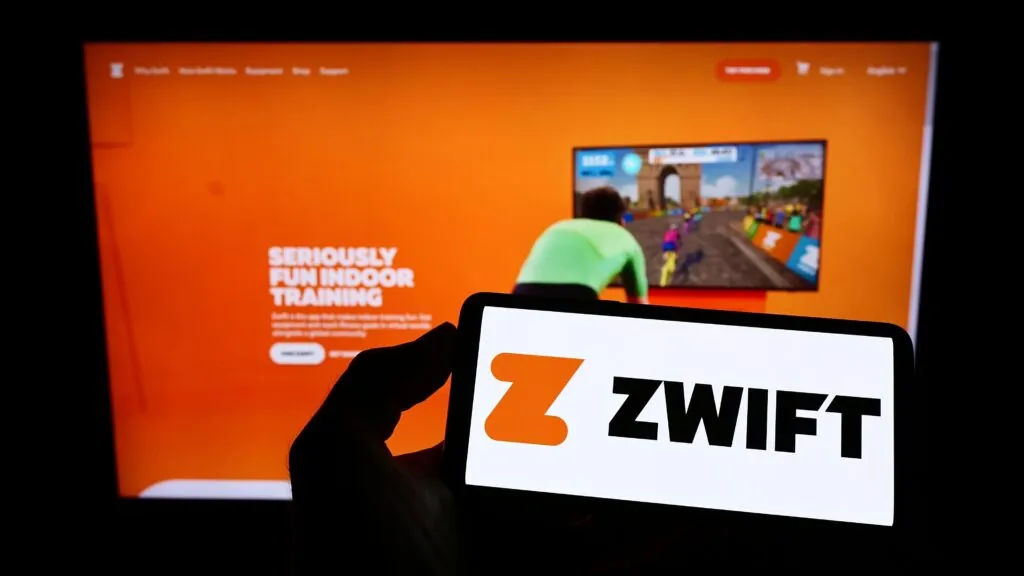Leveling Up: The Convergence of Gamification and Sports Technology
In a world where the digital and physical realms increasingly intertwine, the sports industry is undergoing a transformative shift, embracing the potential of gamification. Once a mere sci-fi concept, gamification in sports has evolved from a futuristic fantasy into a reality. It’s reshaping the foundations of the way fans, athletes, and sports brands interact.
Imagine a stadium where fans not only cheer for their favorite teams but also immerse themselves in augmented reality (AR). Where they can view real-time player metrics through their smartphones or even influencing the game’s outcome with interactive platforms.
This is not a distant future scenario. This is a tangible reality. Gamification permeates the sports sector, enhancing fan engagement, training methodologies, and overall sports experiences.
What is Gamification in Sports?
Gamification, in its essence, is the strategic incorporation of game mechanics into non-game environments to amplify participation, engagement, and interaction.
It employs game mechanics such as points, levels, missions, leaderboards, and badges to stimulate emotions, behaviors, and desires that resonate with participants. Gamification also uses game dynamics — like competition, collaboration, community, and surprises — to drive engagement and influence business results.
In the context of sports, gamification transcends the boundaries of digital and physical experiences. It’s creating a hybrid where physical activities are interwoven with interactive, technology-driven experiences.
It not only enhances the engagement and enjoyment of sporting activities but also serves as a potent tool to motivate. It can guide both athletes and fans toward specific goals and objectives.
Technological Innovations: Elevating the Game with Gamification
The fusion of technology and sports has ushered in a new era where gamification becomes a pivotal software tool, enhancing every facet of the sporting world, from athlete training to fan engagement.
Let’s delve into the various technologies that have enabled this transformative shift in sports tech.
Virtual Reality (VR) and Augmented Reality (AR)
VR in Training: Athletes utilize VR to simulate real-game situations. Which enhances their strategic preparedness and decision-making skills without the physical wear and tear of actual gameplay.
AR for Fans: Augmented reality offers fans an immersive experience. Whether through AR-enhanced live events where they can access player stats in real time or through apps that allow them to engage in interactive experiences from the comfort of their homes.

Wearable Technology
Performance Enhancement: Wearables, such as smartwatches and fitness trackers, have become instrumental in gamifying the athletic training experience. For instance, platforms like Strava utilize these devices to create competitive scenarios where athletes can compare their performance metrics against others on leaderboards, challenging them to push their limits.
Fan Engagement: Apps like NBA InPlay allow fans to engage in real-time predictions during live games. They get to earn points and rewards based on the accuracy of their predictions. By syncing with the wearables, these apps can also create fitness challenges that encourage fans to stay active while enjoying the game. All of which creates a more interactive and engaging sports experience.
Training Apps: Gamification shines through apps like Zwift. This app transforms traditional training into a more interactive and competitive environment. Athletes can compete in virtual races, participate in group workouts, and track their progress on leaderboards, making the training regimen more engaging and motivating. By syncing with wearables, athletes get real-time feedback on their performance, helping them to continually improve and stay motivated.
Data and Analytics
Personalized Experiences: Data analytics enable the creation of personalized gamified experiences for fans and athletes alike, tailoring content, challenges, and rewards to individual preferences and performance.
Fan Interaction Analytics: For businesses and sports brands, analytics provide insights into fan interactions and engagement. This enables them to refine their gamification strategies to enhance fan loyalty and engagement.
The amalgamation of VR, AR, wearables, apps, and data analytics have gamified the sporting experience. But they have also provided a wealth of data that athletes, coaches, and brands can leverage to optimize performance, engagement, and fan loyalty.
In the subsequent sections, we will explore real-world applications of these technologies, diving into case studies that highlight the tangible impact of gamification in the sports industry.
The Future of Gamified Sports Technology: Beyond the Horizon
Gamified sports tech is set to see a rapid evolution, blurring the lines between digital and physical experiences in sports even further than what they are already. Here are just a few predictions we see on the horizon.
Emerging Innovations
We anticipate groundbreaking advancements like holographic replays and AI-driven fan experiences, which promise to redefine engagement and training in the sports domain, offering more immersive and personalized interactions.
Metaverse: A New Arena
The Metaverse beckons with the prospect of virtual stadiums, enabling fans and athletes to converge in a shared digital space, crafting a novel, inclusive dimension of sports engagement and competition.
AI: The Game-Changer
AI is poised to revolutionize gamified sports. From tailoring fan experiences to optimizing athlete performance with data-driven insights, AI ensures experiences that are not only immersive but also intelligently adaptive.
In essence, the future heralds a new era where technology and sports coalesce. It’s where every interaction, every game, and every fan experience is elevated through the innovative application of gamified sports technology.
Succeed in the Future of Sports with Gamification
From the immersive possibilities of VR and AR to the personalized experiences made possible by infusing AI and data analytics, the future of sports is not merely watched or played. It is deeply interactive and experientially rich.
As we step into a future where the physical and digital merge into dynamic sporting experience, athletes, fans, and brands alike are set to engage in a more immersive and optimized sports world. Let’s embrace this exciting journey ahead. Where every cheer, every play, and every step is amplified by the possibilities of gamified sports technology.
Are you ready to build the next great gamified sports technology? Connect with Locker Room labs, here.




